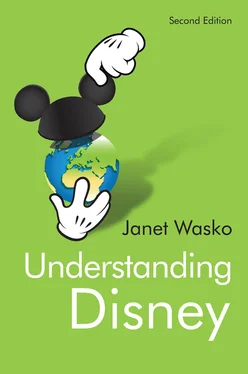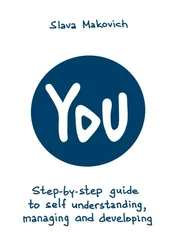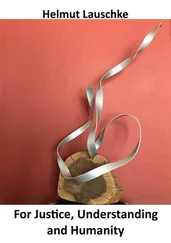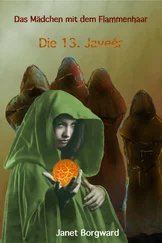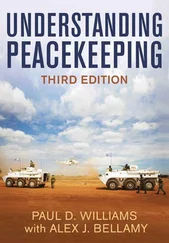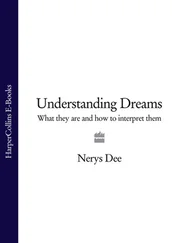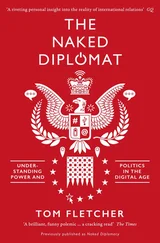Disney testified at the second set of HUAC hearings in 1947, along with other friendly witnesses such as Ronald Reagan, Gary Cooper, and Adolphe Menjou. Disney explained that the strike at his studio had been organized by communists, and “throughout the world all of the Commie groups began smear campaigns against me and my pictures.” He also stated that communism was “an un-American thing” and had infiltrated labor groups especially. The well-known Hollywood blacklist had already been established, but Disney’s testimony was said to have strengthened it. Meanwhile, the MPAPAI served as “the bulwark of anti-communism in Hollywood” through the 1950s, a period in which hundreds of Hollywood workers lost their industry jobs. 45
Another aspect of Disney’s life that is neglected by most of his biographers is his collaboration with the FBI from at least the 1950s until the end of his life. 46Disney’s FBI file includes a 1954 memo offering the agency “complete access to the facilities of Disneyland for use in connection with official matters and for recreational purposes.” The file also includes evidence that Disney was on the agency’s Special Correspondents’ list. Watts generally downplays the relationships and explains that this was “a largely honorary designation given to friendly community leaders who were willing to talk with the agency’s special agent in charge for their region.” In other words, he did not serve as a spy but “simply endorsed the agency’s broader agenda of anti-communism during the tense days of the Cold War.” 47Whether or not Disney actively assisted the FBI, his well-documented cooperation with the agency clearly establishes his strong conservative credentials.
World War II: Disney and the US government
The bitter labor strike marked the end of what many have called “Disney’s golden age.” 48Both Pinocchio and Fantasia had entailed high costs and suffered at the box office in 1940 due to the loss of foreign markets because of World War II. Several other feature projects even had to be suspended.
And then the war hit home, for both the United States and the Disney operations. The day after Pearl Harbor, US Army troops took over the Disney lot, using the studio (the only one in Hollywood occupied by the military) as a repair and storage facility over the next eight months. 49But the company also became involved with the war effort via a large number of government films contracted during the conflict. By 1942, more than 93 percent of the studio’s production was devoted to government projects, including a wide range of animated and live-action films produced for at least six branches of the government.
Military training films included a series of aircraft identification films for the Navy, plus other titles such as High-Level Precision Bombing , Glider Training , as well as Dental Care and A Few Quick Facts about Venereal Disease. The studio also produced a number of educational films, such as Food Will Win the War , The Grain that Built a Hemisphere , and The New Spirit (encouraging Americans to pay income tax). 50
The company also produced a few propaganda films, primarily satirical pieces such as Education for Death (1943) and Der Fuehrer’s Face (1943). Victory through Air Power (1943) was a full-length feature promoting long-range bombing as a key military strategy. However, it was Donald Duck who became the wartime hero at the studio and who was featured as a loyal, dedicated American citizen in short films such as Commando Duck and Home Defense (1943). 51
The studio also released a few features during the war, including the South American films and Bambi (1942); however, the box-office grosses were disappointing. The government work during the war, while ultimately unprofitable, served to keep the studio alive, as well as to diversify the company’s filmmaking activities. The ongoing support from the company’s primary bank, the Bank of America, also helped the studio through these difficult years. 52
Disney and his company were shaken by the war, as well as by the damaging labor strife earlier in the decade. In addition, the declining film markets at the end of the 1940s were taking their toll on the entire industry. Watts summarizes the postwar period, observing that “Creativity was blunted, profits disappeared, and the old spirit of joyful innovation nearly evaporated.” 53
To gain some quickly needed revenue, the studio released a few “packaged” features, such as Make Mine Music (1946) and Melody Time (1948), consisting of recycled bits from previously released cartoons. Live-action productions also became more profitable than animation, although the first one – Song of the South (1946) – included some animation. Another economic move was the production of nature films in the True-Life Adventures series, beginning with Seal Island (1948), which made as much money at the box office as many of the company’s animated features.
Finally, the studio returned to animated interpretations of fairy tales with Cinderella (1950), the first new animated feature since Bambi in 1942. Other successes followed, with the live-action feature Treasure Island (1950), the first of 63 live-action films produced by Disney over the next 16 years. The late 1940s were a transitional period as the company recovered from the war and made necessary adjustments to a changing entertainment market. The changes that the Disney company made ultimately allowed them not just to survive but to prosper during the next few decades.
Diversification, Disney-style
During the late 1940s, Walt gradually pulled away from the day-to-day management of the studio, relying on his senior animators to develop most of the studio’s films. His enthusiasm was reignited, however, by a few projects that evolved during the early 1950s.
Television was becoming the hot, new medium, with 90 percent of American homes having sets by 1960. At first, the Disney company produced a few Christmas specials, beginning with One Hour in Wonderland , broadcast on NBC in 1950. In October 1954, the weekly series Disneyland appeared on ABC, moving to NBC seven years later as Walt Disney’s Wonderful World of Color .
Disney is often acknowledged as the first executive in Hollywood to recognize the potential of television. The claim is understandable in that many of the studios did not become active initially by producing television programming or selling their films to the new medium. However, some of the film companies were involved with television technology as early as the 1920s, and many attempted to secure television stations in the late 1940s. 54Nevertheless, Disney certainly deserves credit for moving into television when it finally became established in the early 1950s and for recognizing its potential value in promoting and diversifying the film business. Walt explained, “Through television I can reach my audience. I can talk to my audience. They are the audience that wants to see my pictures.” 55The television series also allowed the studio to recycle its already released products, just as it rereleased its animated features in theaters every few years, thus reaping further profits at little additional cost.
But television also proved helpful in several ways for Disney’s most cherished project – an amusement park that would appeal to adults as well as children. The arrangements with ABC for the Disney television series were apparently prompted by Disney’s need for capital to build a theme park called Disneyland, which opened in Anaheim, California, in 1955. ABC invested $500,000 in the park and became a 35 percent owner, as well as guaranteeing loans of up to $4.5 million. Disney apparently received little support from the Disney company itself, but raised the funds from the ABC deal and from loans on the strength of his insurance policies. In 1952, he formed a separate company called Walt Disney Inc., later to become WED Enterprises, to develop the park without involving company funds. Disneyland ultimately cost $17 million, but it was an instant success with one million visitors during its first seven weeks of operation.
Читать дальше
